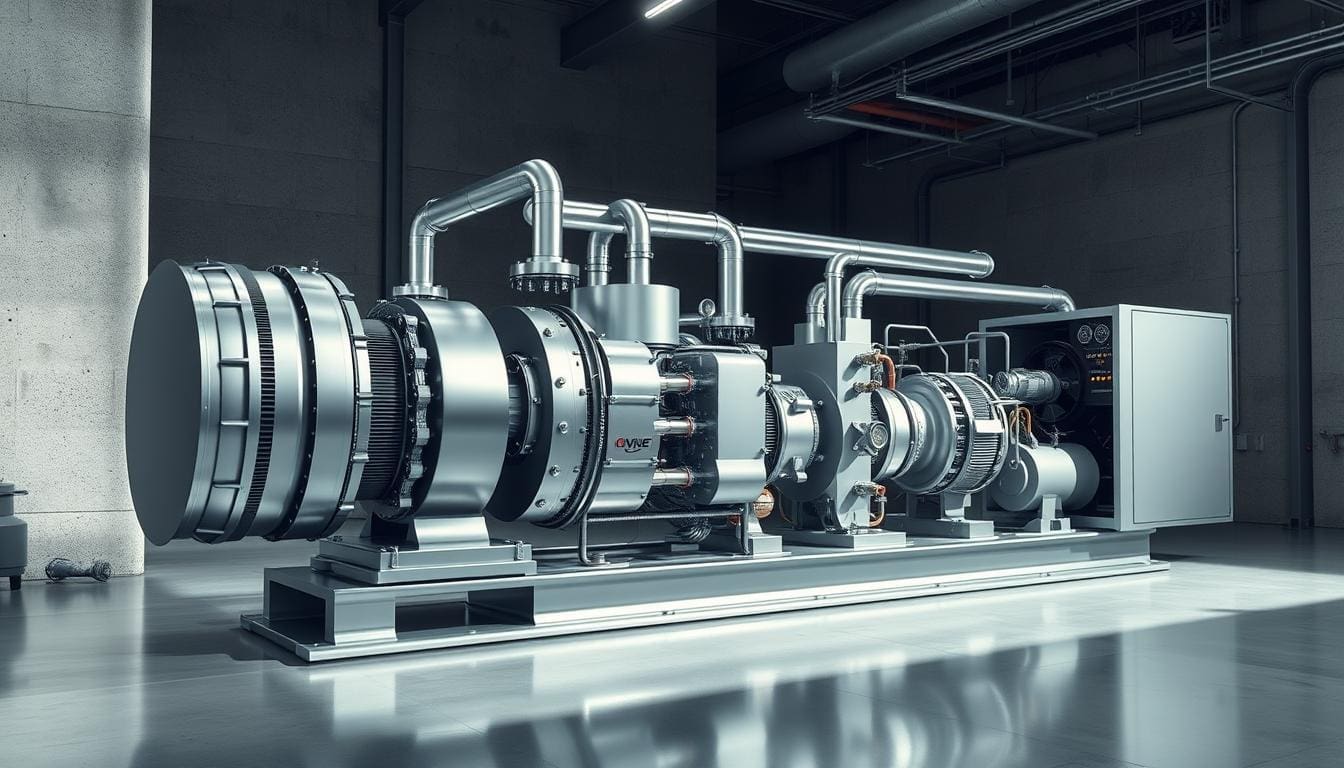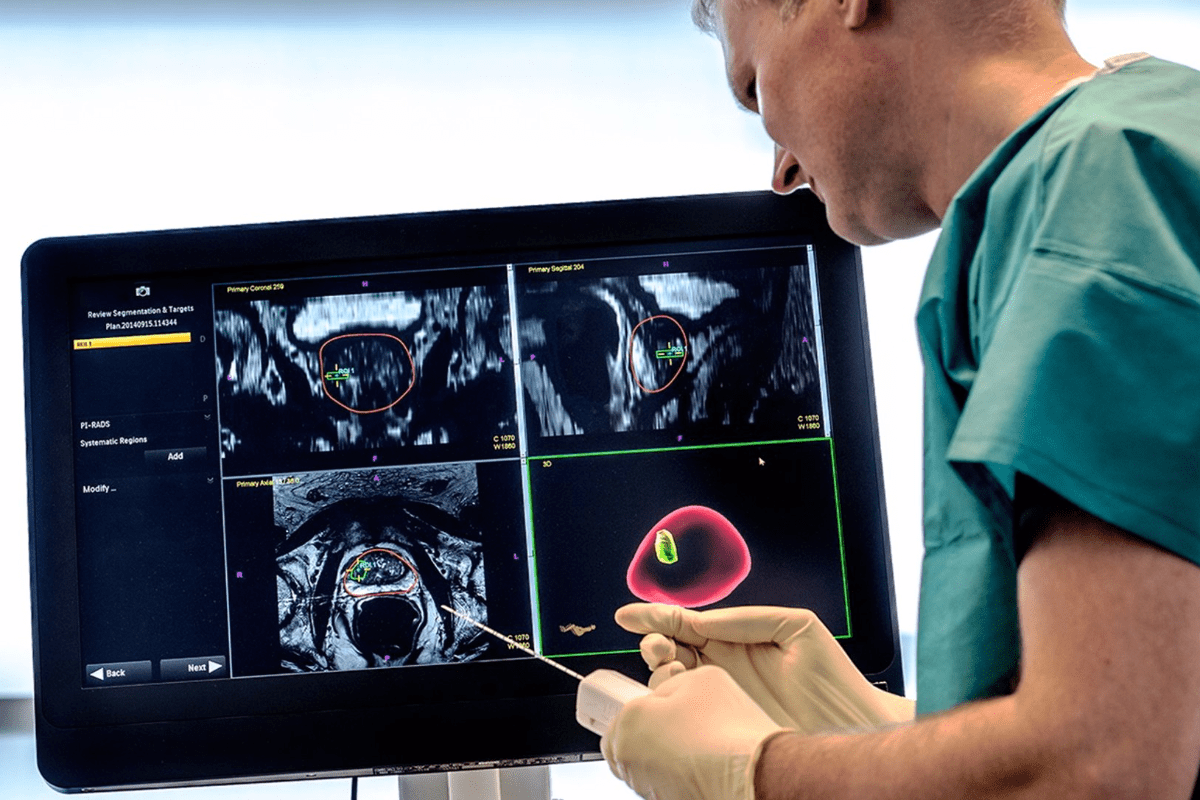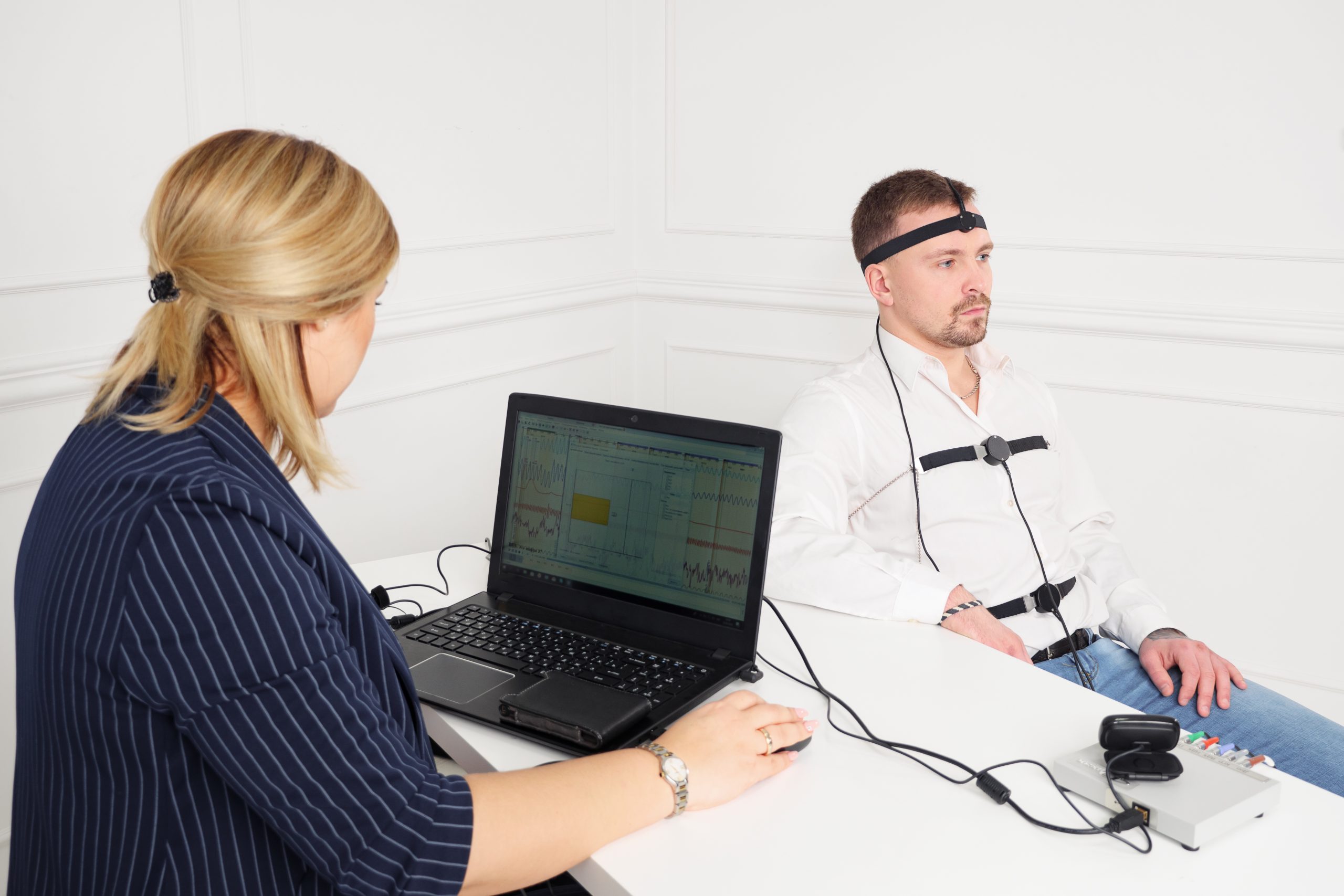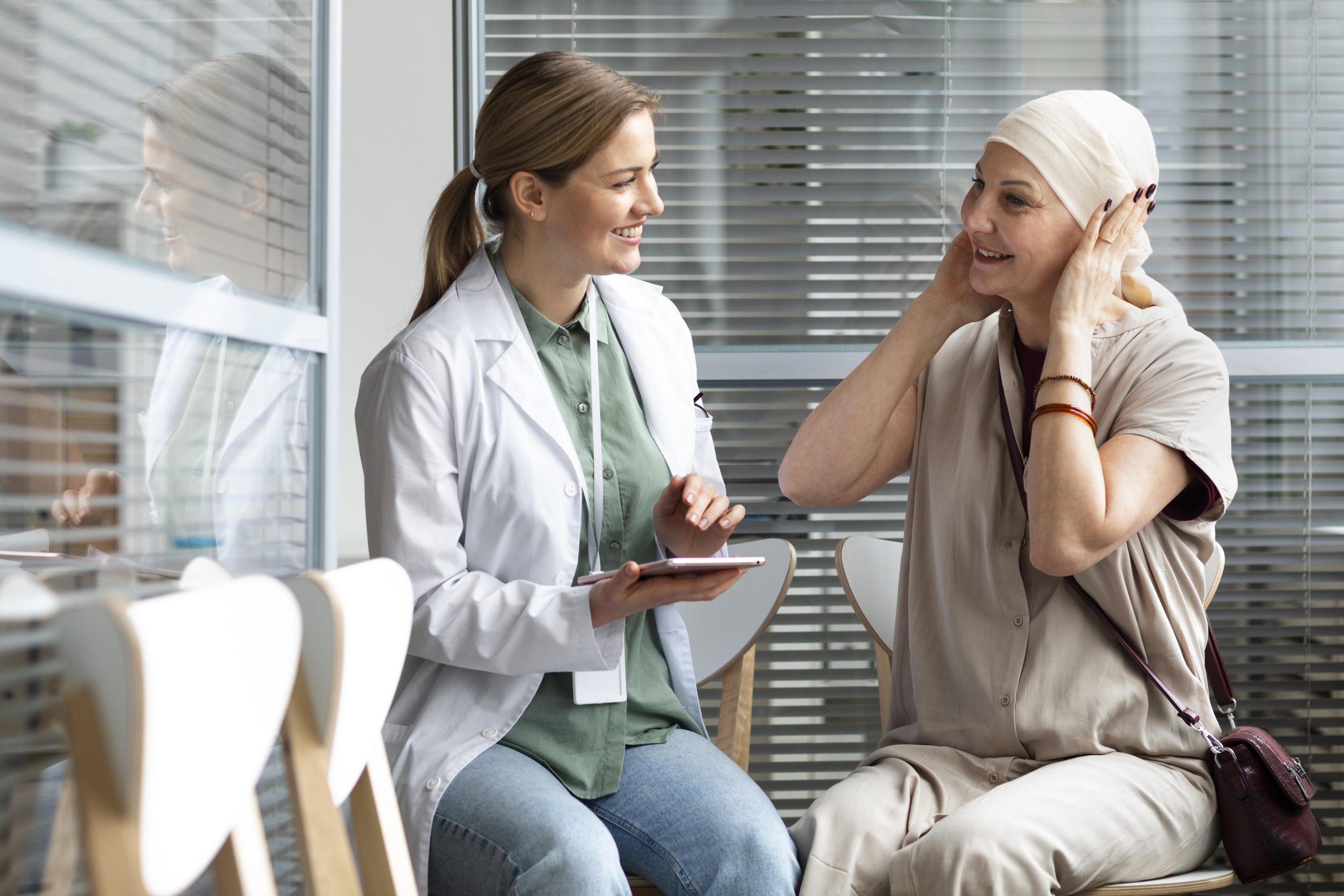Last Updated on November 26, 2025 by Bilal Hasdemir
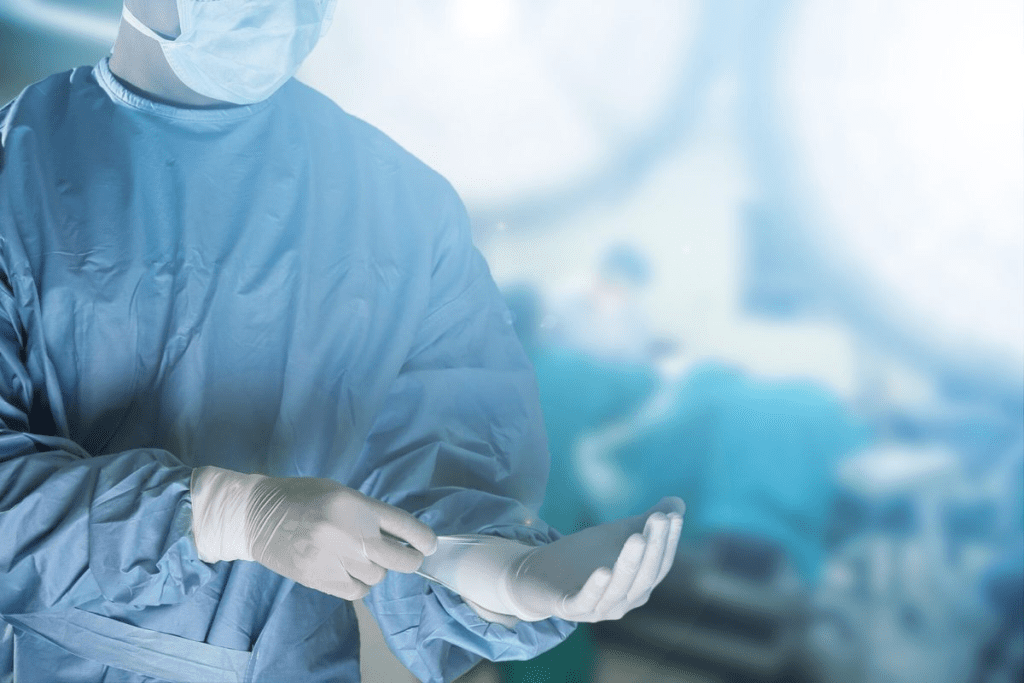
Prostate surgery is a big deal for many men in the U.S. each year. Knowing how to recover is key to getting back to normal, including driving.
Many patients ask when they can start driving after prostate surgery. The answer varies based on the surgery type and the patient’s health. Doctors generally recommend waiting until you can drive comfortably and without distraction.
Key Takeaways
- Recovery time varies depending on the type of prostate surgery.
- Patients should follow their doctor’s advice on when to resume driving.
- Safety should be the top priority when considering driving after surgery.
- Understanding post-operative instructions is key for a smooth recovery.
- Individual health factors can influence the recovery process and driving readiness.
The Impact of Prostate Surgery on Daily Activities
Prostate surgery changes a patient’s daily life, including driving. The impact depends on the surgery type and recovery. Knowing these details helps patients plan their recovery well.
Common Types of Prostate Surgery Procedures
There are different prostate surgery methods, each with its own recovery. The main types are:
- Open Prostatectomy: A traditional method with a big incision.
- Robotic-Assisted Prostatectomy: A precise, minimally invasive technique.
- Laparoscopic Prostatectomy: A surgery done through small cuts with a camera.
Each procedure has its own benefits and challenges, affecting recovery and daily life.
How Surgery Affects Your Physical Capabilities
After surgery, patients face physical limits like pain and less mobility. These can make daily tasks hard, like driving and lifting. The extent of these limits depends on the surgery and the patient.
For example, robotic-assisted prostatectomy patients might feel less pain and recover faster than those with open surgery. Knowing these differences helps manage expectations and plan care after surgery.
Driving After Prostate Surgery: General Guidelines
Knowing the rules for driving after prostate surgery is key for a safe recovery. Patients must think about their physical limits and how anesthesia and pain meds affect driving.
Physical Limitations That Affect Driving
After prostate surgery, patients might feel pain, move less easily, and have trouble with their bladder. These issues can slow down reaction times and judgment, making driving harder.
Common physical limitations include:
- Discomfort or pain while sitting or moving
- Reduced mobility, making it difficult to operate the vehicle
- Urinary issues, such as frequency or urgency, that can be distracting
It’s important to deal with these problems before you start driving again to stay safe on the road.
Safety Concerns for Yourself and Other Drivers
When thinking about driving after prostate surgery, safety comes first. Patients need to check if they can drive without risking themselves or others.
| Safety Concerns | Potential Risks |
| Reaction Time | Delayed reaction due to anesthesia or pain medications |
| Judgment | Impaired judgment affecting decision-making while driving |
| Physical Capability | Reduced ability to operate the vehicle safely |
Understanding these safety worries helps patients decide when it’s okay to start driving again after prostate surgery.
Medical Recommendations for Post-Surgery Transportation
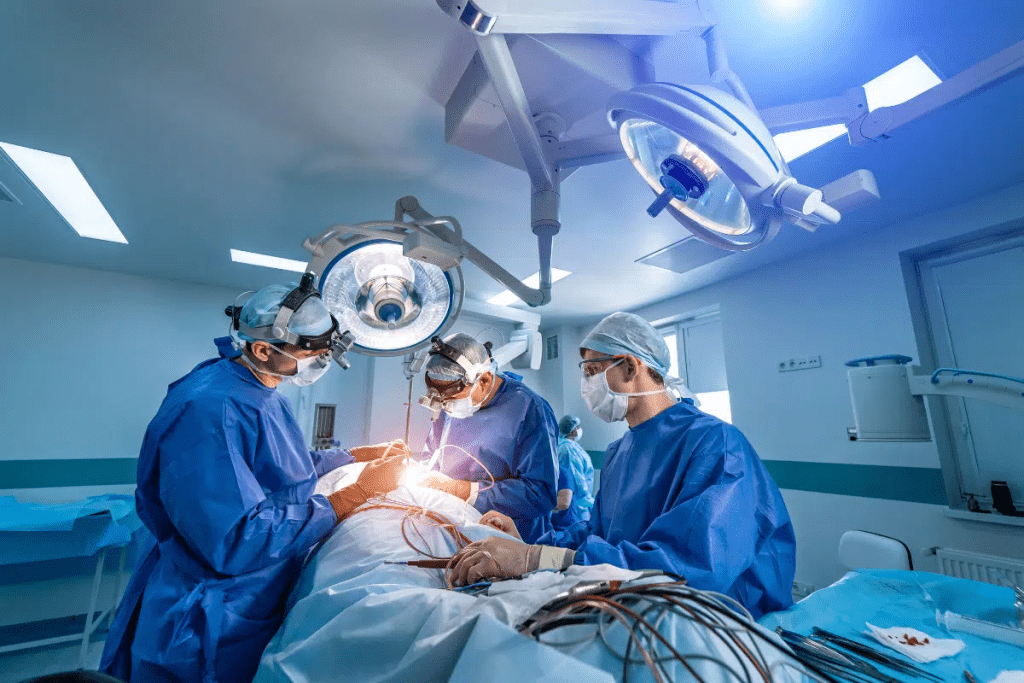
After prostate surgery, doctors in the United States give clear advice on how to get around safely. They help patients know when it’s okay to start driving again and other daily tasks.
Standard Medical Advice in the United States
In the US, doctors usually tell patients not to drive for a few days to a week after surgery. This break helps them recover and lowers the chance of problems while driving.
- They advise patients to wait until they can do emergency stops easily.
- When to start driving again depends on how well the patient is recovering and if they can handle it without pain.
How Recommendations Vary by Procedure Type
The kind of prostate surgery affects how long it takes to recover and when to start driving. For example, robotic-assisted prostatectomy often means a quicker recovery than traditional open prostatectomy.
- Patients who had robotic-assisted surgery might not need to wait as long to drive, usually 3 to 7 days.
- Those who had open prostatectomy might need to wait longer, sometimes up to two weeks or more, depending on their healing.
Doctors give personalized advice based on the surgery and the patient’s health. They stress the importance of following their advice for a safe and successful recovery.
When Can You Drive After Prostate Surgery?
After prostate surgery, many patients wonder when they can drive again. The answer depends on the surgery type, how fast you recover, and your physical health.
First Week After Surgery
In the first week, doctors usually tell patients not to drive. This is because of pain, discomfort, and how pain meds affect you. These can make it hard to react quickly and safely drive.
Second Week of Recovery
By the second week, some patients might feel better and think about driving. But, they should not be on strong pain meds and must be able to drive safely. Whether you can drive safely depends on you.
Beyond Two Weeks Post-Operation
After two weeks, most people can start driving again as they get more comfortable and strong. Always listen to your doctor about when it’s okay to drive.
Everyone recovers differently. Here’s a rough guide on driving during recovery.
| Recovery Period | Driving Status | Key Considerations |
| First Week | Not Advised | Discomfort, pain, and effects of pain medications |
| Second Week | Consider Driving | Off narcotic pain medications, ability to drive safely |
| Beyond Two Weeks | Gradually Resume | Improving comfort and physical capabilities |
It’s critical to follow your healthcare provider’s advice on driving after prostate surgery. They can give you specific guidance based on your situation and how you’re doing.
Recovery After Robotic-Assisted Prostatectomy
Robotic-assisted prostatectomy has changed how we treat prostate cancer. It’s a new way to do surgery that’s less invasive. This means patients might heal faster than with old methods.
Advantages of Minimally Invasive Techniques
The robotic way of doing prostate surgery has big benefits. It causes less damage to tissue, less blood loss, and shorter hospital stays. These help patients get back to their daily life, like driving, sooner.
This new surgery also means less pain and discomfort after surgery. Less pain helps patients heal faster and get back to their usual activities.
Timeline for Resuming Driving After Robotic Surgery
When can you start driving again after robotic prostate surgery? It depends on the person. But most can drive in a few weeks. Here’s when you might be ready:
- When you’re off narcotic pain meds.
- When you can move and drive safely.
- When you feel you can drive without worry.
Patient Experiences with Robotic Surgery Recovery
Most people say they recovered well from robotic prostate surgery. Here’s what some patients have shared:
| Aspect of Recovery | Patient Feedback |
| Pain Level | Minimal to moderate pain, well-managed with medication |
| Return to Driving | Typically within 1-3 weeks post-surgery |
| Overall Satisfaction | High satisfaction rates due to quick recovery and minimal complications |
In summary, robotic prostate surgery looks promising. It could mean a quicker recovery and getting back to daily activities, like driving.
Traditional Open Prostatectomy Recovery Considerations
Open prostatectomy is a more invasive surgery. It has its own set of recovery rules. Patients usually take longer to recover than those with less invasive surgeries.
A leading urologist says, “The recovery from open prostatectomy is generally longer and may involve more discomfort than minimally invasive surgeries.” This is because of the bigger cut and more tissue damage from open prostatectomy.
Extended Recovery Timeline
The recovery time for open prostatectomy can last weeks. During this time, patients should not do strenuous activities or drive. The exact time depends on health, age, and any complications.
Key factors influencing the recovery timeline include:
- The extent of the surgery
- The patient’s pre-operative health status
- Post-operative care and adherence to medical advice
Specific Driving Restrictions After Open Surgery
Driving after open prostatectomy is not recommended until recovery is complete. Patients should not have significant pain, not be on narcotic pain meds, and have enough strength and quick reflexes to drive safely.
A study on post-prostatectomy recovery says, “Patients should wait until they can comfortably perform emergency maneuvers, such as sudden braking, before resuming driving.” This usually happens 4 to 6 weeks after surgery.
It’s important for patients to follow their surgeon’s advice on driving and other activities during recovery. This helps avoid complications and ensures a smoother recovery.
Pain Management and Its Effect on Driving Ability
Patients after prostate surgery face a tough choice. They need to manage their pain but also stay safe on the road. The right pain meds are key to recovery, but they can also make driving harder.
Common Post-Surgery Medications
Doctors often give patients strong pain meds after surgery. These meds help with pain but can make it hard to drive. Drugs like oxycodone and hydrocodone are good for pain but can make you feel sleepy and less sharp.
How Pain Medications Impair Driving
Pain meds, like narcotics, can make driving tricky. They slow down how fast you react, make you feel less alert, and mess with your judgment. These issues can be very dangerous for you and others on the road.
Key effects of narcotic pain medications on driving include:
- Reduced reaction time
- Impaired judgment and decision-making
- Increased drowsiness and fatigue
- Altered perception and coordination
Legal Implications of Driving While on Prescription Medications
Driving on pain meds can lead to legal trouble. In many places, it’s against the law to drive while on these meds, just like with alcohol. Patients need to know the law and listen to their doctors about when it’s okay to drive again.
It’s vital for patients to remember that driving safely after surgery is not just about feeling good. It’s also about following the law and keeping everyone on the road safe.
Self-Assessment: Are You Ready to Drive?
Checking if you’re ready to drive after prostate surgery means looking at a few important things. It’s not just about feeling better. You also need to be able to drive safely.
Physical Readiness Tests Before Driving
Before you start driving again, you should do some physical tests. These tests show if you can drive without putting yourself or others at risk.
- Check your comfort level while sitting for extended periods.
- Assess your ability to turn the steering wheel and operate other controls without strain.
- Evaluate your reaction time to ensure you can respond quickly to unexpected situations on the road.
Doing these tests will tell you if you’re ready to drive. Also, think about how you’re feeling overall. If you’re in a lot of pain or discomfort, it’s best to wait a bit longer.
Warning Signs That You Should Wait Longer

There are signs that mean you should wait longer before driving. Knowing these signs can help keep you safe on the road.
| Warning Sign | Description |
| Significant Pain or Discomfort | If you’re in pain or discomfort that could distract you while driving or affect your ability to operate the vehicle safely. |
| Narcotic Pain Medication Use | If you’re taking narcotic pain medications, as they can slow down your reaction times and judgment. |
| Physical Limitations | If you have physical limitations that could impact your driving, such as reduced strength or mobility. |
Pay attention to these warning signs and take the time to fully recover. This will make sure you’re ready to drive safely after prostate surgery.
Managing Driving After Catheter Removal
Driving after having a catheter removed needs careful thought. This is to make sure you’re safe and comfortable. After the catheter is out, you might feel the need to pee a lot or leak. This can make it hard to drive without discomfort.
Timing Considerations Post-Catheter
When to start driving again is very important. Wait until you can control your pee and don’t feel too much pain or urgency.
Handling Urinary Urgency While Driving
To deal with the need to pee while driving, you can do a few things:
- Make sure to stop and use the restroom often during long trips.
- Wear something to catch leaks if you need to.
- Know where restrooms are on your route.
Practical Tips for Comfort on the Road
To feel comfortable while driving after prostate surgery, try these tips:
| Comfort Measure | Description | Benefit |
| Adjusting Driving Position | Make sure your seat and steering wheel are comfy. | This helps avoid body strain. |
| Using Supportive Cushions | Use cushions or back supports for good posture. | This makes you feel better and less tired. |
| Taking Regular Breaks | Stop every hour to stretch and move. | This keeps your blood flowing and prevents stiffness. |
By using these tips, you can make driving after catheter removal better. Be patient and adjust as you need to, based on how your body feels.
Surgeon Advice on Driving After Prostatectomy
Deciding to drive after prostate surgery is a big decision. You should talk to your surgeon first. They will give you advice based on your recovery. Surgeons and urologists help decide when it’s safe to drive again. They consider the surgery type and your recovery progress.
Common Restrictions from US Urologists
US urologists give driving advice based on your recovery and surgery type. They often say to avoid heavy lifting and bending. These activities can affect your driving. The exact rules vary, but most surgeons suggest waiting a bit before driving again.
Key restrictions often include:
- Avoid driving for a few days to a couple of weeks, depending on your surgery and recovery.
- Don’t drive while on pain meds that could make driving hard.
- Make sure you can move and have enough strength to drive safely.
Important Questions for Your Pre-Discharge Consultation
At your pre-discharge visit, ask your surgeon about driving after prostate surgery. It’s key to understand their advice for a safe recovery.
Consider asking the following questions:
- When can I safely start driving again after my surgery?
- Are there any driving restrictions or precautions I should follow?
- How will my pain meds affect my driving?
- What are the signs I shouldn’t drive, and what should I do then?
By listening to your surgeon and knowing the rules, you can safely start driving again after prostate surgery.
Insurance and Legal Considerations for Post-Surgery Drivers
It’s important to know about insurance and legal rules for driving after prostate surgery. Patients need to focus on healing and also understand insurance and legal issues.
US Insurance Coverage Issues
Insurance for driving after prostate surgery can be tricky. It’s key to know your policy’s rules for driving after surgery. Make sure to check what’s covered and what’s not.
Key Considerations for Insurance Coverage:
- Check if your policy covers complications from driving too soon after surgery.
- Understand the process for filing claims related to post-surgery driving incidents.
- Review any specific requirements for documentation or medical clearance for driving.
| Insurance Aspect | Description | Patient Action |
| Coverage for Complications | Check if your policy covers complications from driving too soon after surgery. | Review policy documents or consult with your insurance provider. |
| Claims Process | Understand the process for filing claims related to post-surgery driving incidents. | Contact your insurance company for detailed claims procedures. |
| Medical Clearance | Review any specific requirements for documentation or medical clearance for driving. | Discuss with your healthcare provider to obtain necessary documentation. |
Potential Liability if Driving Against Medical Advice
Driving against medical advice after prostate surgery can lead to legal trouble. If you’re in an accident while driving against advice, you could be liable for damages or injuries.
Legal Implications to Consider:
- Liability for damages or injuries in the event of an accident.
- Potential impact on insurance coverage if driving against medical advice.
- Legal consequences of driving under the influence of narcotic pain medications.
It’s wise to talk to your healthcare provider and insurance company about driving after prostate surgery. Being informed helps make safer choices for your recovery and driving.
Complete Prostate Surgery Recovery Timeline
Knowing the prostate surgery recovery timeline helps patients plan their return to normal life. This includes when they can start driving again.
Week-by-Week Recovery Milestones
The recovery after prostate surgery is usually predictable. Most patients see big improvements in a few weeks to a couple of months. Here’s a look at the typical recovery milestones by week:
| Week | Recovery Milestones |
| 1-2 Weeks | Rest and recovery at home, managing pain and discomfort, and follow-up appointments with the surgeon. |
| 2-4 Weeks | Gradual increase in physical activity, return to light daily tasks, and possible return to driving if cleared by the surgeon. |
| 4-6 Weeks | Further improvement in physical capabilities, resumption of more strenuous activities, and continued follow-up care. |
How Driving Fits into Your Overall Recovery Plan
Driving after prostate surgery is a big part of getting back to normal. Doctors usually tell patients to avoid driving until they’re off narcotic pain meds. They also need to have enough strength and mobility to drive safely.
Key Considerations for Driving:
- Ensure you have fully recovered from the immediate effects of surgery.
- Be off narcotic pain medications as per your surgeon’s advice.
- Have sufficient strength and range of motion to drive safely.
Understanding the recovery timeline and when to start driving again helps patients plan better. It lets them make informed decisions about when to get back behind the wheel.
Transportation Alternatives During Your Recovery Period
After prostate surgery, getting around can be tough. Patients often face challenges due to physical limitations and discomfort. Luckily, there are many ways to get around without driving yourself.
Rideshare and Public Transit Options in the US
Rideshare services like Uber and Lyft are easy to use and affordable. They’re great during the early recovery when driving is not safe. Buses and trains are also options, but they depend on where you live and how you feel.
Creating a Support Network for Transportation Needs
Having a support network is key after prostate surgery. Family, friends, and caregivers can help with rides. Make sure to tell them how they can help you.
With rideshare, public transit, and a support network, recovery can be easier and safer.
Safely Returning to Normal Activities Post-Surgery
Going back to daily tasks after prostate surgery needs careful planning. It’s important to start slow to avoid pushing too hard and to recover well.
Gradual Approach to Resuming Daily Tasks
Starting slow is key for a good recovery. It lets your body heal and get used to the changes after surgery. Begin with easy tasks and then do more as you can.
Some important things to think about when getting back to daily tasks include:
- Listen to your body and rest when you need to
- Avoid heavy lifting and bending
- Slowly increase how much you move
- Watch for any signs of problems
Balancing Independence with Recovery Needs
It’s important to balance wanting to do things on your own with following your recovery plan. While you might want to get back to normal fast, remember to focus on healing first.
Here’s a sample plan that helps you balance wanting to do things on your own with taking care of your recovery:
| Activity | Week 1-2 | Week 3-4 |
| Light walking | Recommended | Continue as tolerated |
| Driving | Not recommended | Assess readiness |
| Heavy lifting | Avoid | Gradually resume |
By starting slow and balancing your need for independence with your recovery, you can have a safe and successful healing process.
Emergency Situations: What to Do if Problems Arise While Driving
It’s key to know how to deal with emergencies while driving after prostate surgery. Patients must understand how their body reacts to surgery. This knowledge helps them know if they can safely drive.
Recognizing Warning Signs on the Road
While driving, look out for signs of trouble. These can be severe pain, dizziness, or urinary issues that pop up without warning. Spotting these symptoms early can help you act fast.
Some common warning signs to watch for include:
- Pain or discomfort that is severe or worsening
- Dizziness or feeling faint
- Urinary leakage or sudden urgency
- Bleeding or discharge
Emergency Action Plan for Post-Surgery Complications
Creating an emergency plan is essential. Know where the nearest healthcare facilities are. Also, have a phone ready for calls.
A urologist says, “Always play it safe. If you feel off while driving, stop and get help.” This shows how critical being ready is.
“If you’re feeling unwell while driving, don’t hesitate to pull over. Your safety is the most important thing.”
A good emergency plan should have:
- Know the nearest hospital or urgent care center
- Have a list of emergency contact numbers
- Keep a basic first aid kit in your car
Being informed and ready can help patients stay safe while driving after prostate surgery. This ensures a smoother recovery.
Conclusion
Getting back to driving after prostate surgery is a big step in recovery. It’s important to follow the advice of healthcare professionals. This helps you know when it’s safe to drive again.
Putting safety first and listening to your doctor can reduce risks. Know your limits, the dangers of complications, and how to manage pain. This is key to safe driving after surgery.
Safe driving and careful recovery are key to moving forward. It’s about finding the right balance between being independent and taking care of yourself. This ensures a smooth return to daily life.
Driving after prostate surgery needs careful thought and a focus on your health. Following medical advice and watching your body’s recovery is essential. This way, you can safely drive again and get back to your usual routine.
FAQ
How long after prostate surgery can I drive?
The time to start driving again after prostate surgery varies. It depends on the surgery type, your health, and your doctor’s advice. Usually, you should wait a few days to a week before driving.
What are the physical limitations that affect driving after prostate surgery?
After surgery, you might feel uncomfortable, move less easily, and have urinary problems. These issues can make driving unsafe.
Can I drive while taking pain medications after prostate surgery?
No, it’s not safe to drive on pain meds. They can slow down your reactions, judgment, and alertness.
How do I know if I’m ready to drive after prostate surgery?
Check if you’re ready to drive by assessing your comfort, quickness, and ability to drive without pain or strain.
What are some tips for managing driving after catheter removal?
After removing the catheter, adjust your driving to handle urinary issues or discomfort. Take breaks, wear protective clothes if needed, and know where restrooms are.
What are the insurance and legal implications of driving after prostate surgery?
Know your insurance for driving after surgery and the risks of driving against doctor’s orders. Narcotic pain meds and ignoring recovery advice can lead to legal trouble if you’re in an accident.
How does robotic-assisted prostatectomy recovery compare to traditional open prostatectomy?
Robotic surgery often means less pain and quicker recovery, allowing for earlier driving. Open surgery can be more painful and take longer to recover.
What are some transportation alternatives during my recovery period?
Use rideshare services or public transit for easy, flexible travel. Having a support network for rides can also help.
How can I safely return to normal activities post-surgery?
Start doing daily tasks, like driving, slowly to let your body heal. It’s important to balance wanting to be independent with following recovery advice.
What should I do in case of an emergency while driving after prostate surgery?
Watch for signs like severe pain, dizziness, or urinary problems. Have a plan for emergencies, including knowing where to find help and how to communicate.
References
- Cancer Research UK. (2025, September 2). After prostate cancer surgery. https://www.cancerresearchuk.org/about-cancer/prostate-cancer/treatment/surgery/after-surgery


